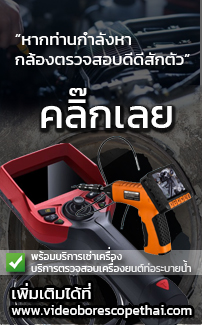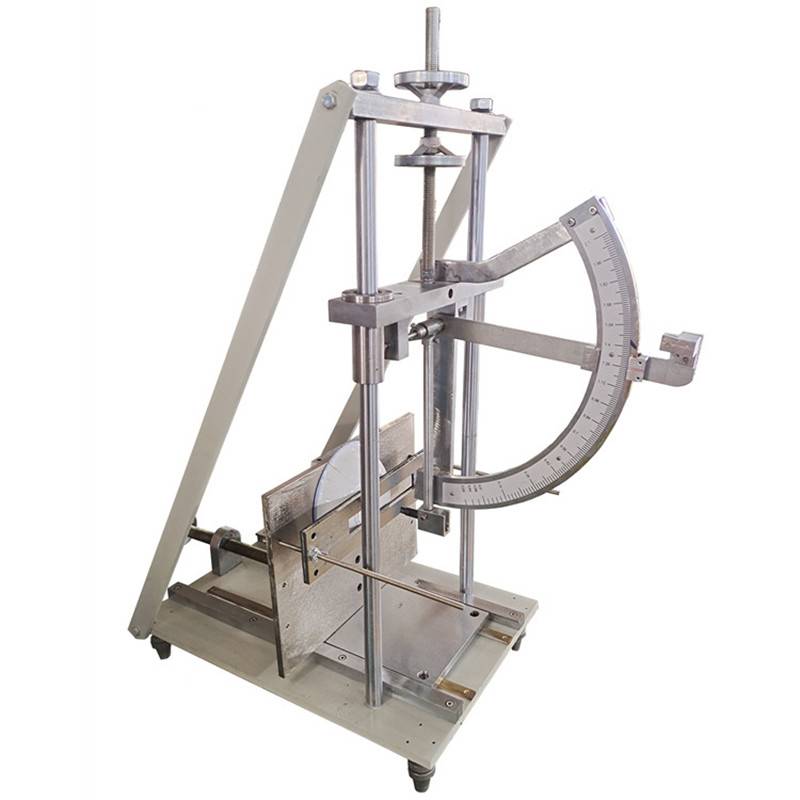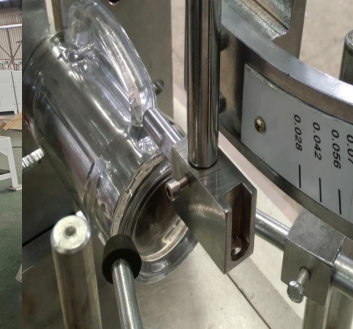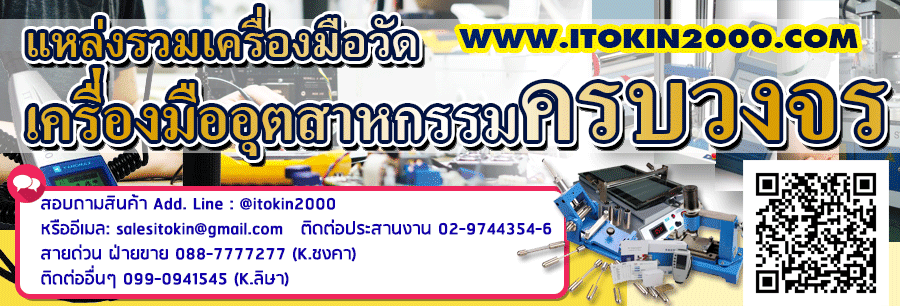
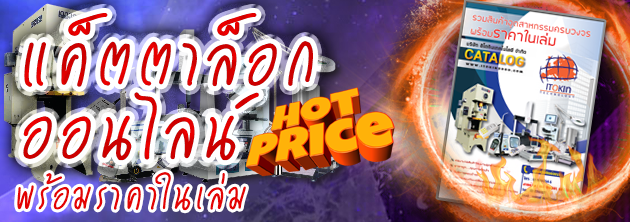 |
| เครื่องทดสอบแรงกระแทกเซรามิก Ceramic Impact Tester เครื่องทดสอบแรงกระแทกเซรามิก Ceramic Impact Tester เครื่องทดสอบแรงกระแทกเซรามิกใช้สำหรับการทดสอบแรงกระแทกของศูนย์กลางของภาชนะแบนและภาชนะเว้าและการทดสอบแรงกระแทกของขอบภาชนะเว้า สำหรับการทดสอบการกระแทกที่ขอบของภาชนะแบน ตัวอย่างสามารถเคลือบหรือไม่เคลือบ การทดสอบแรงกระแทกในการทดสอบศูนย์ใช้วัด: หนึ่งคือพลังงานของระเบิดที่ทำให้เกิดรอยแตกเริ่มต้น ประการที่สองคือการสร้างพลังงานที่จำเป็นสำหรับการบดให้สมบูรณ์
the ceramic impact tester is used for the impact test of the center of flat tableware and concave utensils and the impact test of the edge of concave utensils. For the crushing test on the edge of flat tableware, the sample can be glazed or unglazed. The impact test on the test center is used for measurement: one is the energy of a blow that produces an initial crack. Second is generate the energy required for complete crushing
Reference standards:
|
 เครื่องทดสอบแรงกระแทก Impact Tester Model HD-520 Drop Test เครื่องทดสอบแรงกระแทก Impact Tester Model HD-520 Drop Test  เครื่องทดสอบแรงกระแทก Shotgun Impact Test Rack-Automatic YC-PS-02 เครื่องทดสอบแรงกระแทก Shotgun Impact Test Rack-Automatic YC-PS-02  UV notching charpy impact tester (HST) UV notching charpy impact tester (HST)  JBW-C impact testing machine (HST) JBW-C impact testing machine (HST)  JB-500B impact testing machine (HST) JB-500B impact testing machine (HST)  Iso 83 charpy u- notch impact testing machine (HST) Iso 83 charpy u- notch impact testing machine (HST)  500J charpy impact resistance test (HST) 500J charpy impact resistance test (HST)  Jbs-500b digital display impact testing machine (HST) Jbs-500b digital display impact testing machine (HST)  JBS-C Computer Control Semi-automatic Charpy (HST) JBS-C Computer Control Semi-automatic Charpy (HST)  Jb-300b dial charpy impact testing machine (HST) Jb-300b dial charpy impact testing machine (HST)  JBW-Z Computer Automatic Impact Testing Machine (HST) JBW-Z Computer Automatic Impact Testing Machine (HST)  JB-300 Manual Impact Testing Machine (HST) JB-300 Manual Impact Testing Machine (HST)  JBDW-C Series Low-temperature Automatic Impact Testing Machine Impact Testing Machine (HST) JBDW-C Series Low-temperature Automatic Impact Testing Machine Impact Testing Machine (HST)  JB-B Series Dial Display Semiautomatic Impact Testing Machine (HST) JB-B Series Dial Display Semiautomatic Impact Testing Machine (HST)  JBS-C Series Impact Testing Machine (HST) JBS-C Series Impact Testing Machine (HST)  JBW-300B 300J Computer Control Semi-automatic Charpy Impact Tester (HST) JBW-300B 300J Computer Control Semi-automatic Charpy Impact Tester (HST)  JBW-C 750 impact testing machine (HST) JBW-C 750 impact testing machine (HST)  JBW-C Series Impact Testing Machine (HST) JBW-C Series Impact Testing Machine (HST)  เครื่องเตรียมชิ้นงาน Charpy Impact Specimen Broacher เครื่องเตรียมชิ้นงาน Charpy Impact Specimen Broacher  เครื่องทดสอบแรงกระแทก Impact Tester JBW-JBS Series (HST) เครื่องทดสอบแรงกระแทก Impact Tester JBW-JBS Series (HST)  เครื่องทดสอบแรงกระแทก Impact Tester JBS Series (HST) เครื่องทดสอบแรงกระแทก Impact Tester JBS Series (HST)  เครื่องทดสอบแรงกระแทก Impact Tester JB-B Series (HST) เครื่องทดสอบแรงกระแทก Impact Tester JB-B Series (HST)  เครื่องทดสอบแรงกระแทก Impact Tester Charpy Pendulum เครื่องทดสอบแรงกระแทก Impact Tester Charpy Pendulum  R05-3130 Rubber Impact Elastic Tester R05-3130 Rubber Impact Elastic Tester  เครื่องทดสอบแรงกระแทก Impact Tester Paint เครื่องทดสอบแรงกระแทกเพื่อดูความทนทานของสี เครื่องทดสอบแรงกระแทก Impact Tester Paint เครื่องทดสอบแรงกระแทกเพื่อดูความทนทานของสี  เครื่องทดสอบแรงกระแทก Impact Tester Model Safety-Shoes351 เครื่องทดสอบแรงกระแทก Impact Tester Model Safety-Shoes351  เครื่องทดสอบแรงกระแทก Impact Tester Falling Dart เครื่องทดสอบแรงกระแทก Impact Tester Falling Dart  เครื่องทดสอบแรงกระแทก Impact Tester Model ITK-703P เครื่องทดสอบแรงกระแทก Impact Tester Model ITK-703P  เครื่องทดสอบแรงกระแทก Impact Tester Model ITK-703 เครื่องทดสอบแรงกระแทก Impact Tester Model ITK-703  เครื่องทดสอบแรงกระแทก Impact Tester Model ITK-702 เครื่องทดสอบแรงกระแทก Impact Tester Model ITK-702  เครื่องทดสอบแรงกระแทก Impect Tester Model ITK-701B เครื่องทดสอบแรงกระแทก Impect Tester Model ITK-701B  เครื่องทดสอบแรงกระแทก Impact Tester Model ITK-701A เครื่องทดสอบแรงกระแทก Impact Tester Model ITK-701A  เครื่องทดสอบแรงกระแทก Impact Tester Single Arm Package Drop Tester Model ITK-F002B เครื่องทดสอบแรงกระแทก Impact Tester Single Arm Package Drop Tester Model ITK-F002B  เครื่องทดสอบแรงกระแทก Impact Tester Model Bottle Drop Tester เครื่องทดสอบแรงกระแทก Impact Tester Model Bottle Drop Tester  เครื่องทดสอบแรงกระแทก Impact Tester Model ITKLA-A004 เครื่องทดสอบแรงกระแทก Impact Tester Model ITKLA-A004  เครื่องทดสอบแรงกระแทก Impact Tester Model ITKLR-A003 เครื่องทดสอบแรงกระแทก Impact Tester Model ITKLR-A003  เครื่องทดสอบแรงกระแทก Impact Tester Model ITKLR-A002 เครื่องทดสอบแรงกระแทก Impact Tester Model ITKLR-A002  เครื่องทดสอบแรงกระแทก Impact Tester Model JBIC Series Izod & Charpy Impact Tester เครื่องทดสอบแรงกระแทก Impact Tester Model JBIC Series Izod & Charpy Impact Tester  เครื่องทดสอบแรงกระแทก Impact Tester Model Dupont Impact Tester เครื่องทดสอบแรงกระแทก Impact Tester Model Dupont Impact Tester  เครื่องทดสอบแรงกระแทก Impact Tester Model Luggage Vibration Impact Tester เครื่องทดสอบแรงกระแทก Impact Tester Model Luggage Vibration Impact Tester  เครื่องทดสอบแรงกระแทก Impact Tester Model DWTT series drop hammer tearing tester machine เครื่องทดสอบแรงกระแทก Impact Tester Model DWTT series drop hammer tearing tester machine  เครื่องทดสอบแรงกระแทก Impact Tester Model JBW-B, JBS-B Semi-automatic เครื่องทดสอบแรงกระแทก Impact Tester Model JBW-B, JBS-B Semi-automatic  เครื่องทดสอบแรงกระแทก Impact Tester Model JBW-Z,JBS Series เครื่องทดสอบแรงกระแทก Impact Tester Model JBW-Z,JBS Series  เครื่องทดสอบแรงกระแทก Impact Tester Model JBDW-D Series Low Temperature Automatic เครื่องทดสอบแรงกระแทก Impact Tester Model JBDW-D Series Low Temperature Automatic  เครื่องทดสอบแรงกระแทก Impact Tester Model JBDW-Y Series Low Temperature Automatic เครื่องทดสอบแรงกระแทก Impact Tester Model JBDW-Y Series Low Temperature Automatic  เครื่องทดสอบแรงกระแทก Impact Tester Model JBW-CD Series low temperature impact tester เครื่องทดสอบแรงกระแทก Impact Tester Model JBW-CD Series low temperature impact tester  เครื่องทดสอบแรงกระแทก Impact Tester Model JBW-CY Series low temperature impact tester เครื่องทดสอบแรงกระแทก Impact Tester Model JBW-CY Series low temperature impact tester  เครื่องทดสอบแรงกระแทก Impact Tester Model JBW-C (Computer control) เครื่องทดสอบแรงกระแทก Impact Tester Model JBW-C (Computer control)  เครื่องทดสอบแรงกระแทก Impact Tester Model JBW-HD Series intelligent type เครื่องทดสอบแรงกระแทก Impact Tester Model JBW-HD Series intelligent type  เครื่องทดสอบแรงกระแทก Impact Tester Model JBW-HY Series intelligent type เครื่องทดสอบแรงกระแทก Impact Tester Model JBW-HY Series intelligent type  เครื่องทดสอบแรงกระแทก Impact Tester Model JBW-300H Series intelligent type impact tester เครื่องทดสอบแรงกระแทก Impact Tester Model JBW-300H Series intelligent type impact tester  เครื่องทดสอบแรงกระแทก Impact Tester Model JBW-B Series เครื่องทดสอบแรงกระแทก Impact Tester Model JBW-B Series  เครื่องทดสอบแรงกระแทก Impact Tester Model JB-B Series Semi Automatic Pendulum เครื่องทดสอบแรงกระแทก Impact Tester Model JB-B Series Semi Automatic Pendulum  เครื่องทดสอบแรงกระแทก Impact Tester Model JB-300 Manual เครื่องทดสอบแรงกระแทก Impact Tester Model JB-300 Manual  เครื่องทดสอบแรงกระแทก Impact Tester Model JB-50 เครื่องทดสอบแรงกระแทก Impact Tester Model JB-50 |


